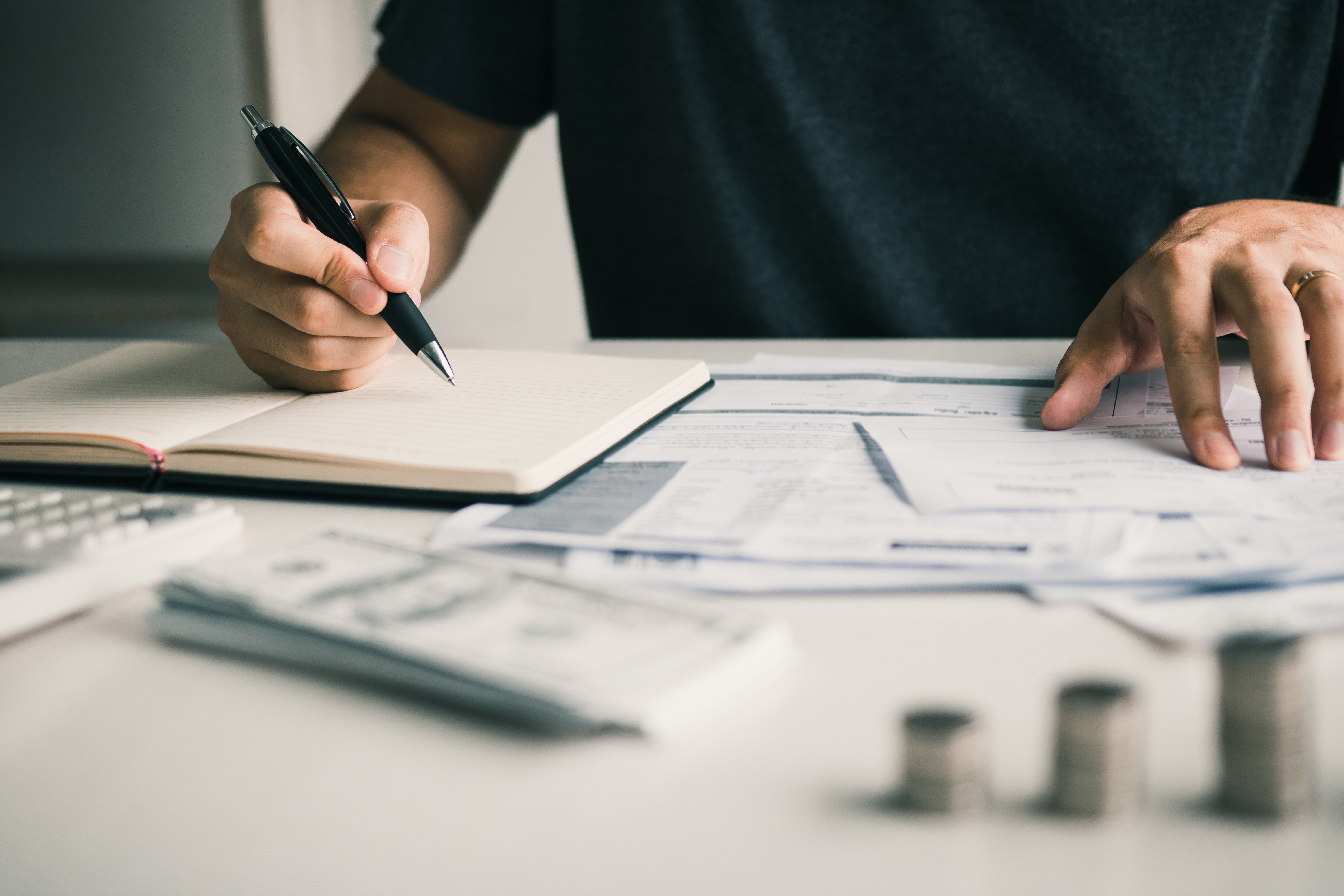What is a SBA Term Sheet? (With Example)
A term sheet is one of the first steps during the SBA 7(a) lending process - meaning if you’re buying a business or selling your business you’ll need to understand how they work.
As a buyer, you might want to understand the terms a bank will give and want to know what will be on your term sheet.
As a seller, you might want to understand the loan terms your buyer is being issued and want to make sure they match with your deal terms.
At MidStreet, we guide many buyers and sellers through the SBA 7(a) loan process every year and help them understand the terms laid out by their SBA lender.
To help you get a better idea of what a term sheet is and how it will apply to your business sale, we will go over what it is, the typical terms, and when it comes up in the process.
Let’s begin.
The Purpose of a Term Sheet in a Business Sale
When you look up what a term sheet is, you may have come across sources telling you it is a level below a letter of intent (LOI) that explains what terms a buyer is willing to offer. That is a different type of term sheet, also known as an Indication of Interest (IOI), but that's not what we’re talking about here.
We’re discussing a term sheet that an SBA lender proposes to the buyer during the financing stage of the deal. In this term sheet, the bank will lay out the loan terms. This is the first step in the buyer securing financing to purchase your business.
Once the buyer reviews the proposal, signs the term sheet, and pays their packaging fees/deposit, the bank will send the loan to their internal credit team to get approved.
What You Should Know About a Term Sheet
This might be the first time you’ve encountered an SBA term sheet, so we’ve prepared a list of things to know about them:
It is Non-binding
The bank and buyer aren’t bound to the terms issued in the term sheet. The purpose of the term sheet is to make sure the buyer and lender are close on terms before either invests significant money and time.
The bank does a high-level review of the financials, confidential information memorandum (CIM), and buyer before issuing a term sheet. But, the bank will do a much deeper dive at the next stage before issuing a commitment letter.
You’ll want to watch out for banks that are too quick to issue a term sheet. They might be engaging in a tactic known as “retrading.” This is where the lender issues a term sheet that they know will be substantially different from the commitment letter to lock the buyer in. Once a buyer signs the term sheet, they are locked in with that lender for a certain period of time.
However, that is not to say that lenders can not justifiably change the term sheet in some situations. If the business experiences a dip in SDE or a big customer leaves, then the deal terms may be altered.
Regardless, it is best to work with an SBA loan brokerage like Diamond Financial that has relationships with lenders and can ensure you get a reliable term sheet.
There is a Packaging Fee and Deposit
Buyers will need to submit a packaging fee and deposit when they sign the term sheet.
For sellers, this is an important stage of the deal because the buyer starts spending non-refundable money. The fees and deposit are usually around $2,500 - $10,000, depending on the loan.
This is a Key Stage in SBA 7(a) Deal
If the term sheet is issued by a reputable lender, this is a key stage in getting an SBA 7(a) deal done. Once the buyer signs the term sheet, this begins the 8 - 10 week process of getting the deal closed if all goes properly.
If you use a reputable lender that thoroughly reviews the deal, you will usually be able to maintain the same terms between the term sheet and the commitment letter. Reputable lenders will usually ask questions and review the financials before issuing a term sheet.
Typical Deal Terms Outlined in a Term Sheet
Most terms sheets will include the following terms:
- Borrower - The buyer or buyer’s corporate entity.
- Loan amount - The amount financed, equal to the project cost - down payment and seller note.
- Sources and uses - This explains how money moves in the deal, including what the loan proceeds are used for and what fees the buyer will pay.
- Loan term - How many months the loan is amortized over.
- Interest rate - The SBA has guidelines for rates that lenders must follow. Here your lender will give you the rate or a choice between a fixed rate and variable rate.
- Prepayment penalty - SBA loans usually have a prepayment penalty over a certain amount of principal paid.
- Collateral - Any collateral being put up for the loan, such as real estate.
- Guarantors - The person personally guaranteeing the loan, usually the buyer.
- Required equity injection - Outlines the cash that the buyer will need to provide and any seller notes required.
- Seller financing - This will cover the amount of a seller note, the amount of time it will be on standby, and its amortization schedule.
- Insurance - what insurance policies the bank requires the buyer to hold.
- Fees and costs - the SBA guaranty fee and any out-of-pocket expenses the borrower is responsible for.
- Deposit - the deposit the SBA lender requires to pay for third-party reports, like an appraisal.
If the buyer and seller agree to the term sheet, the buyer will sign it and the SBA lender will move forward with the loan approval process.
Want to see what a term sheet looks like?
Download our Sample Term Sheet Here:
Where Does a Term Sheet Fall in The Timeline of a Deal?
The term sheet falls in the early stages of the lending process after the buyer and seller have agreed to terms. The seller will accept a buyer’s Letter of Intent and they will go “under contract,” starting the financing and due diligence process. The buyer will receive a term sheet from an SBA lender, serving as the first step in the loan approval process.
Most deals that make it to the term sheet stage have slight modifications to the deal terms based on bank findings, buyer and seller negotiations, and buyer discoveries during due diligence.
After the term sheet is signed, the lender will ask questions and ask for reports from the seller. These reports are given to the underwriter at the bank to assist in the “credit approval” part of the loan process.
Once the loan has received credit approval, a commitment letter will be issued and the bank will request more non-refundable money from the buyer. At this stage, the deal terms should be locked in and a closing checklist should be provided.
Understand How a Term Sheet Plays a Role in Your Deal
A term sheet plays an important role in a deal for both the buyer and the seller. It helps spell out the terms of the loan and it shows the seller how serious the buyer is about moving forward.
Term sheets will always be included in SBA deals. To learn what the SBA 7(a) loan program is, check out our blog “How to Buy a Business Using the SBA 7(a) Loan Program (With Example).”
Applying for financing can be a difficult process, which is why we assist both buyers and sellers through the entire SBA 7(a) loan process. If you are interested in buying or selling a business, call us today.




